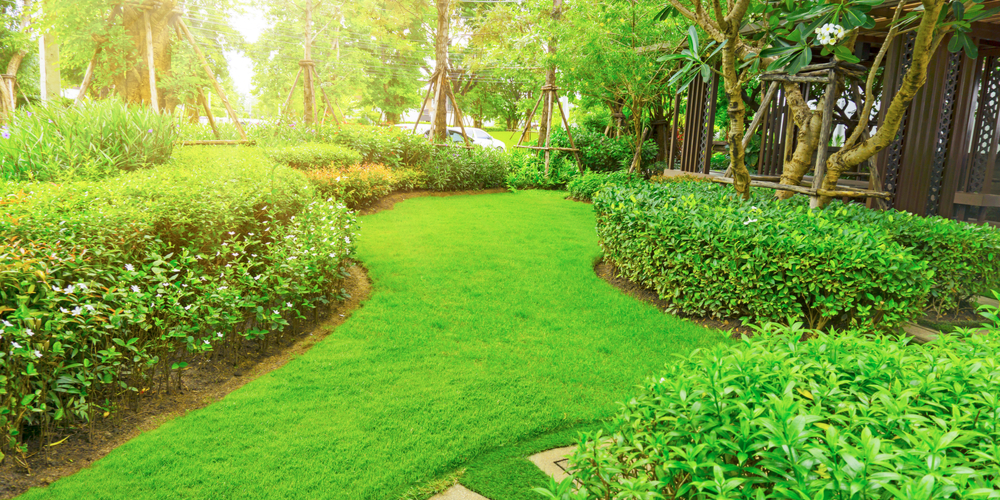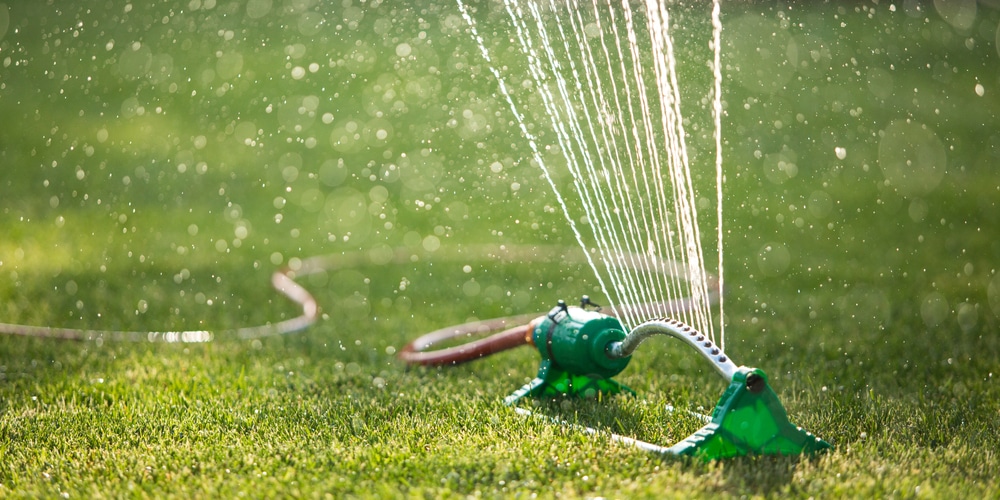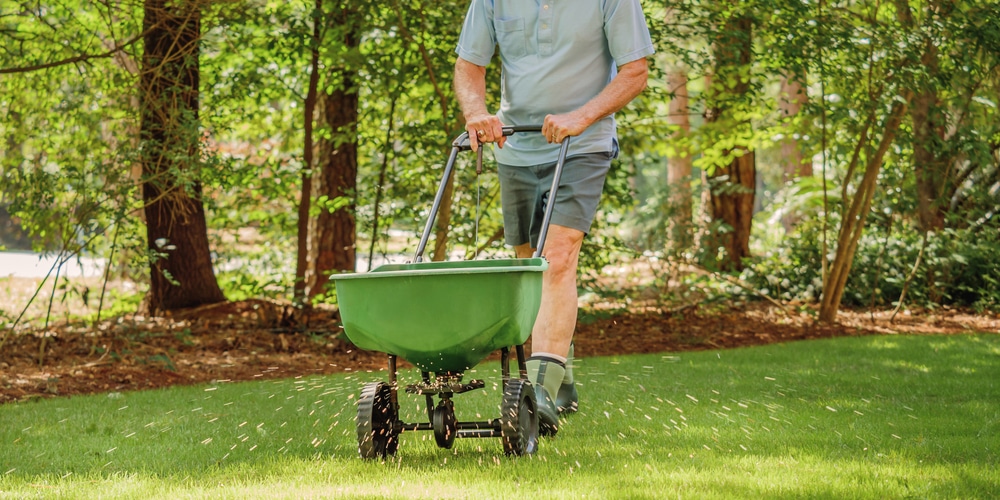For people living in warm regions with mild winters and looking for low-maintenance grass, the choice often comes down to Zoysia or Centipede turf. Both varieties are Southeast Asian native species and require little morning because of their slow growth rate.
Because of their origins, they both thrive in warm and humid climates. Despite having many things in common, these two types of grass also have considerable differences that may play a role in your decision to install either of them. In this Zoysia vs. Centipede grass comparison guide, you’ll find crucial information you’ll need to make an informed decision to select the suitable variety for your garden.
Zoysia vs Centipede grass: Characteristics

Zoysia is the ideal type of grass for sports courts, especially golf. The high resistance, thin texture, high density, and brilliant green color make this variety perfect for a wide array of uses. This grass will keep its appearance even under stress thanks to its heavy sod and deep roots.
Centipede grass is a popular choice among homeowners because of its low-maintenance needs and high durability. Its blades tend to be shorter and lighter in color than Zoysias, and it is slightly coarser in texture, making it ideal for parks and public gardens. It might be for this reason that this variety is also knowns as the “poor man’s grass.”
Both types of grass are low-growing perennials that have no issues in gradually spreading to form a uniform lawn. Plus, they generally cost little to maintain as they don’t need fertilizers or pesticides. To find out what care you should ensure to provide them with to make them thrive in your garden, keep reading.
Watering
While Zoysia and Centipede are resistant to drought conditions, the first has stricter water requirements. However, when regularly watering it, you can expect Zoysia to better survive dry conditions even for long periods. Indeed, this grass may suffer from discoloration but will quickly recover when you go back to the watering schedule you used to follow.
Under the proper conditions, you will rarely have to worry about watering Centipede grass. Most homeowners give it water when they notice the blades turning brown. Because of its quick recovery, this grass will go back to its color in no time. So, there’s no need to stress about water with a Centipede lawn.
Light Requirements
Zoysia and Centipede have a low tolerance to shade. However, Zoysia does better in partial shade conditions. Centipede is an ideal choice for open yards or gardens at an immature stage of landscaping. If your lawn counts on the shade of a couple of mature trees, Zoysia is a better choice.
Fertilizer and Diseases
Both types of grass are resistant to most diseases and pests. However, Zoysia thicker sod makes it less susceptible to attacks all year round. In turn, this means less use of pesticides, herbicides, and other chemicals for your garden.
If you don’t want to use many products in your yard, Centipede might be your best choice. Not only does this grass naturally resist most bugs and diseases, but it also doesn’t need fertilizers. In short, by choosing this grass, you’ll save money and time while reducing pollution to lakes and streams (if you live near a water source).
With Zoysia grass, you may need moderate fertilization in the spring and summer. Of course, it is not mandatory, but it can help you achieve a better-looking lawn with little effort. While this might sound like a hassle, if you make it a habit, fertilizing your garden for a couple of months will not be a heavy task.
Temperatures
These turfs prefer warm climates and do not do well at frost temperatures. However, if necessary, Zoysia will better recover and adapt to colder temperatures. On the other hand, if Centipede finds itself at temperatures below 30F for prolonged periods, it will most likely fail to survive.
The Bottom Line: Zoysia vs Centipede Grass
By now, you should have a better idea of which type of grass will thrive in your garden. Keep in mind that while both varieties are “low-maintenance,” that doesn’t mean no efforts from your side. You will still have to regularly monitor your lawn to check for pests and diseases and take care of it with water, fertilizer, and proper mowing.
Related article: Best Grass to Mix with Centipede

